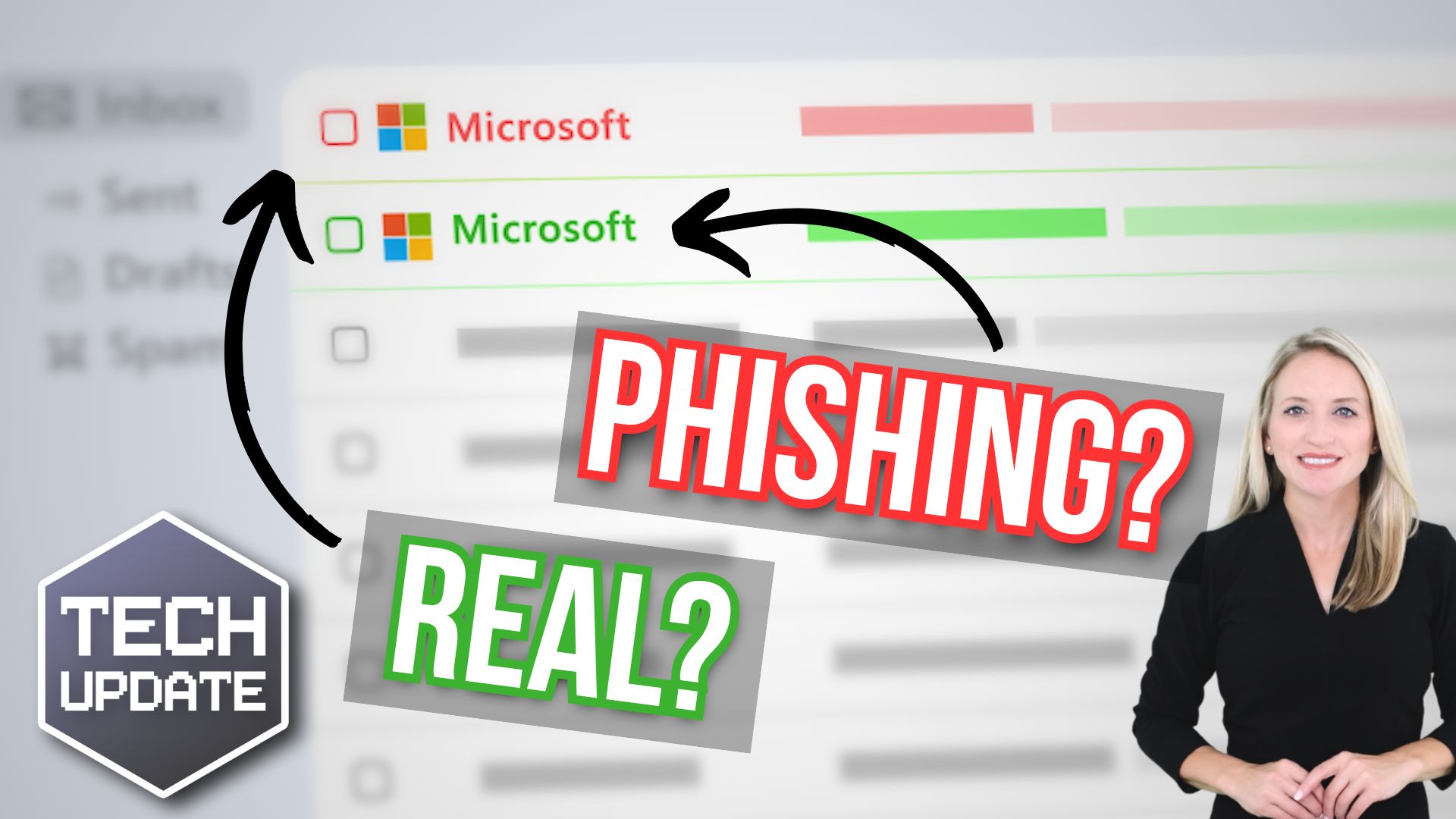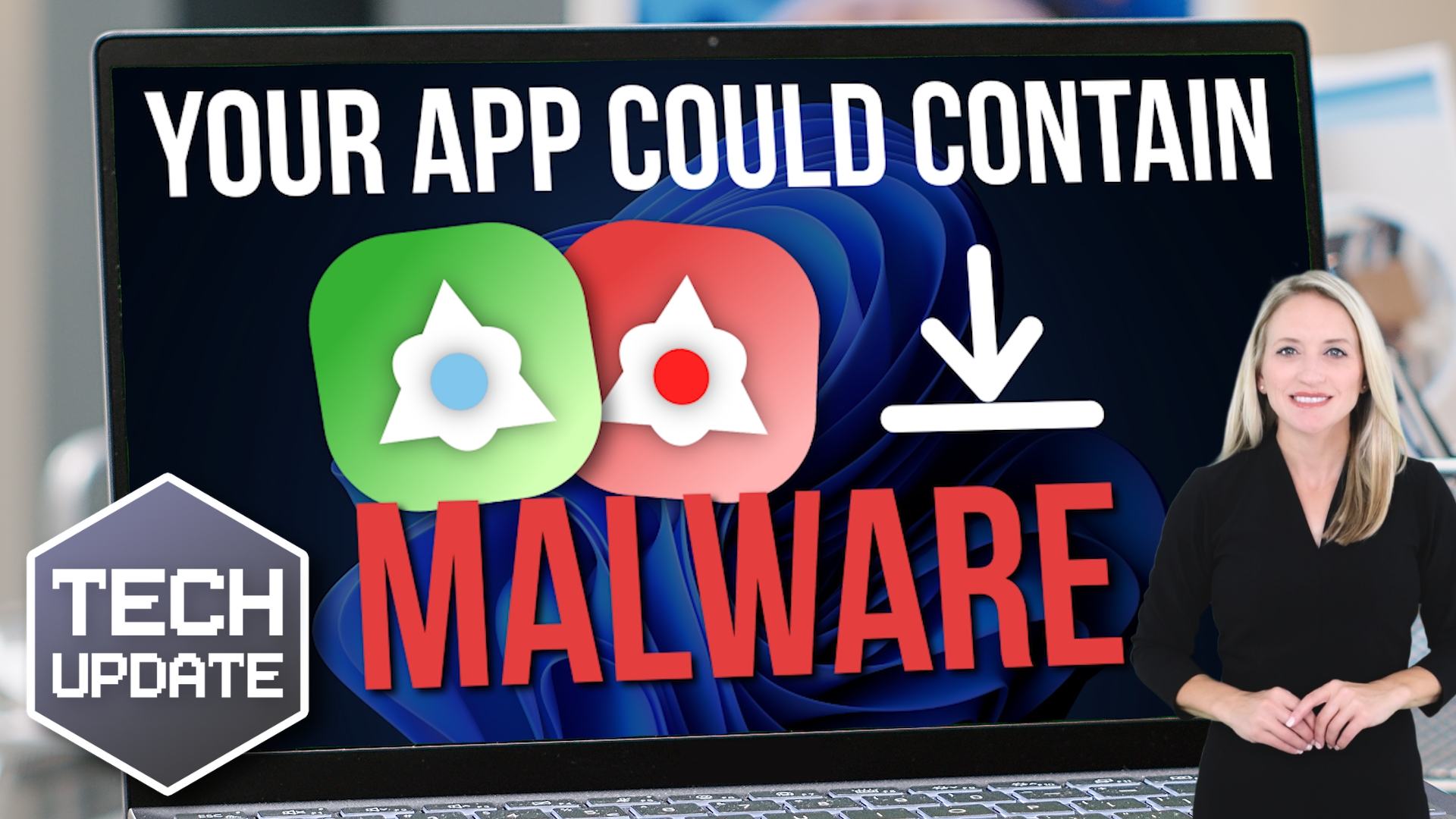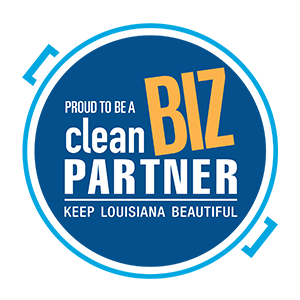Think That Microsoft Email Is Real? Think Again.
Getting an email from Microsoft might seem totally normal—so normal, in fact, you probably don’t think twice before opening it.
But here’s the catch: cybercriminals are counting on that trust.
Right now, Microsoft is the #1 most impersonated brand in phishing scams. According to early 2025 data, a whopping 36% of brand-based phishing attacks were disguised as messages from Microsoft. Google and Apple followed closely behind, making up more than half of these scams when combined.
That means your inbox might not be as safe as you think.
Wait, What’s Phishing Again?
Phishing is a scam where hackers send emails or messages that look like they’re from real companies—big names like Microsoft, banks, or even delivery services.
The goal? To trick you into clicking on a link, downloading an infected file, or giving up personal info like passwords, credit card numbers, or login credentials.
One wrong click, and it could lead to:
-
Stolen money
-
Leaked data
-
Locked accounts
-
Major headaches for your business
And these scams are getting smarter every day.
Gone are the days of broken English and suspicious links. Today’s phishing attempts often:
-
Use official logos and branding
-
Mimic real websites perfectly
-
Fake email addresses that look legit (but aren’t)
Some even copy Mastercard and other trusted brands to steal credit card details using fake checkout pages.
How to Tell a Real Email From a Fake One
Not sure if that email from Microsoft is genuine?
Here’s what to watch for:
🚩 Urgent language
If it says something like “Click now or your account will be locked,” hit pause. Legit companies don’t threaten you into immediate action.
🕵️♂️ Suspicious email addresses
Look closely at the sender’s email. Cybercriminals use lookalike domains like micros0ft.com (with a zero) instead of microsoft.com. It’s easy to miss at a glance.
🔗 Unknown links
Don’t click links in suspicious emails. Instead, go directly to the company’s official website by typing the address in your browser.
Protecting Yourself and Your Business
Phishing scams aren’t going anywhere—they’re only becoming more advanced. But you can stay ahead of them.
Here’s how:
-
✅ Be cautious with emails, even from trusted brands
-
🛡️ Invest in reliable cybersecurity tools
-
🔐 Turn on multi-factor authentication (MFA)
MFA adds an extra layer of protection—so even if someone gets your password, they can’t log in without a second form of ID.
Final Thought
The bigger the brand, the more likely it is to be used in a scam. So even if it looks like Microsoft, it might not be.
Take your time, stay alert, and always double-check.
Need help training your team or tightening up your cybersecurity defenses? We’re here to support you—so phishing scams don’t catch you off guard.
Let’s talk.
Next Steps
Are you looking for a new IT service provider? Check out our free guide that explains how to choose your next IT service provider for some quick tips to get you started! Schedule a free 15-minute discovery call with someone from our team to see if we’re a good mutual fit!







